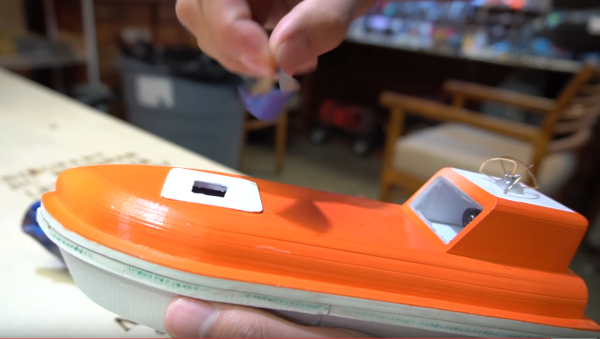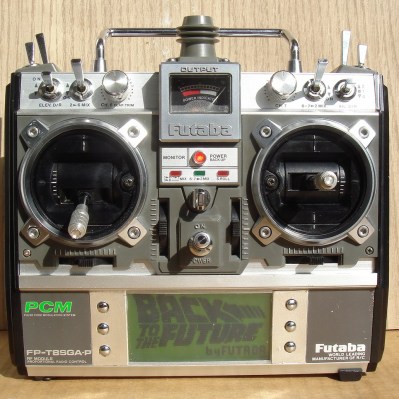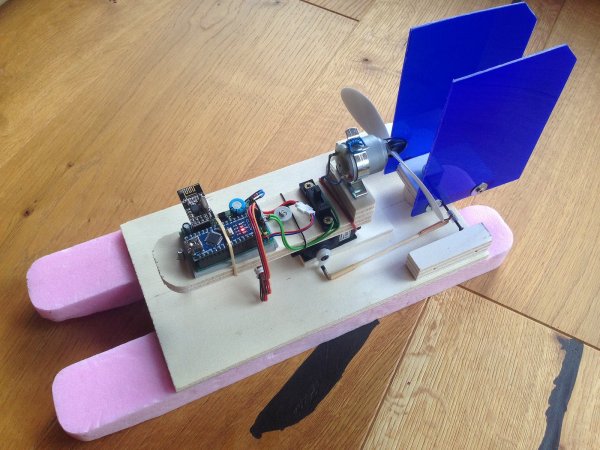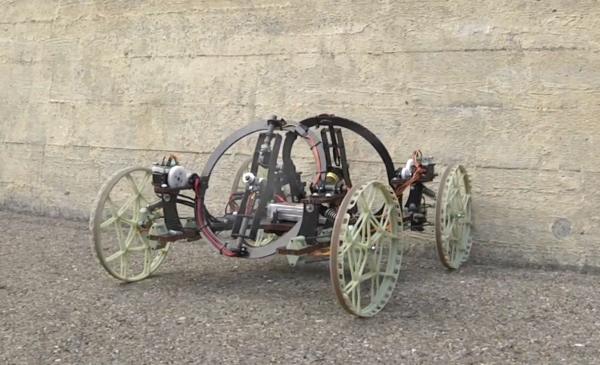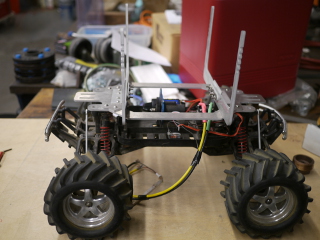Imagine. There you are, comfortable in your lounge pants. Lounging in your lounge. Suddenly in the distance you hear a buzzing. Quiet at first, then louder. A light bulb goes on in your head.
You forgotten that you’d scheduled an Amazon drone repair service in partnership with The Home Depot and Dewalt. They break through the window, spraying you with shards. They paint the spots on the walls. Snap photos of the brands in your closet. Change the light bulbs. Place a bandaid on your glass wounds. Pick up the shards and leave. Repairing it on their way out.
Horrible.
Of course the first step before this dark future comes to be is to see if it can be done; which is what [Marek Baczynski] and a friend accomplished many broken light bulbs later. Using an off the shelf drone with three springy prongs glued to the top they try time and time again to both unscrew and screw in a light bulb. They try at first with a lighter drone, but eventually switch to a more robust model.
After a while they finally manage it, so it’s possible. Next step, automate. Video after the break.
Continue reading “How Many Drones Does It Take To Screw In A Lightbulb?”


